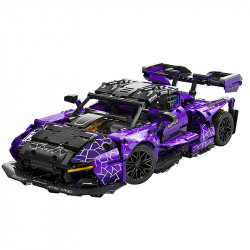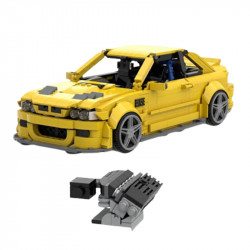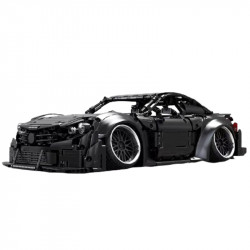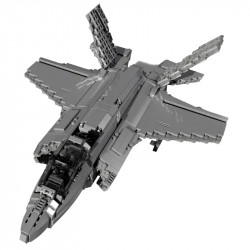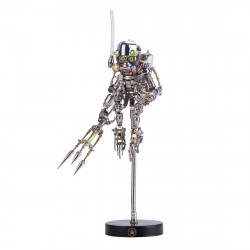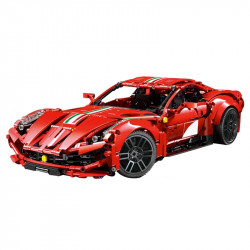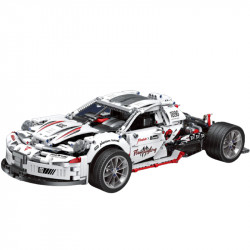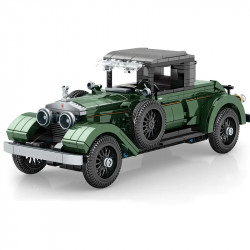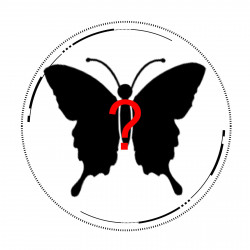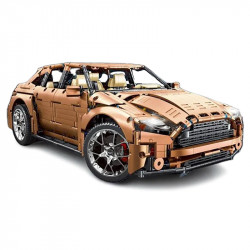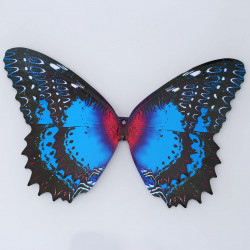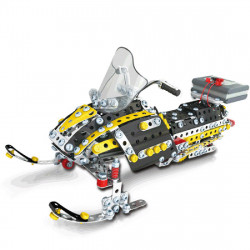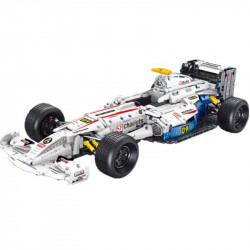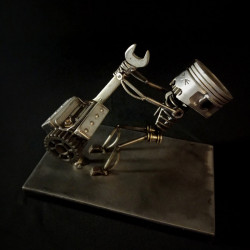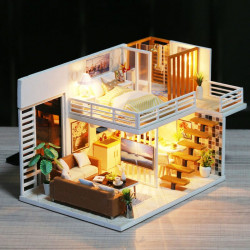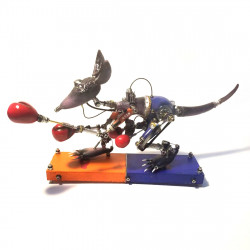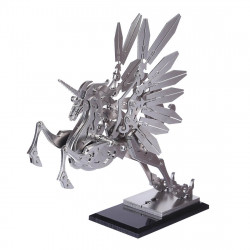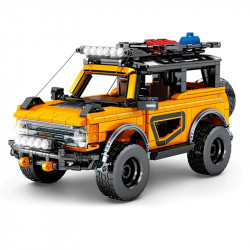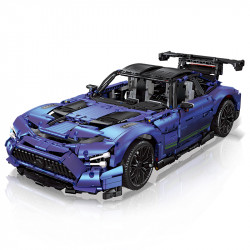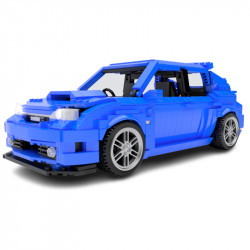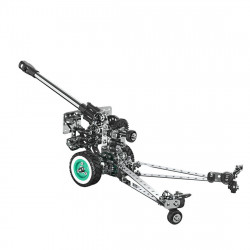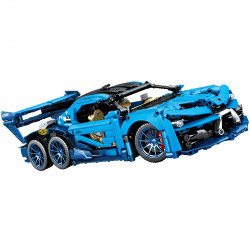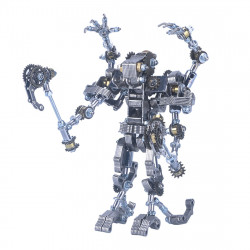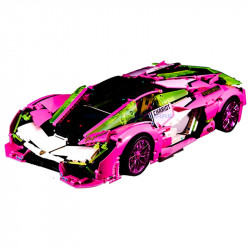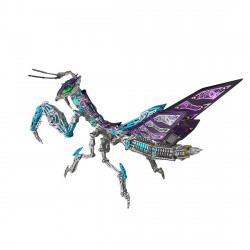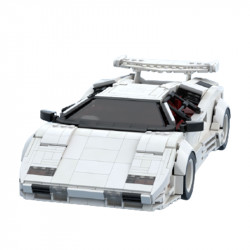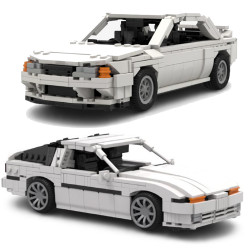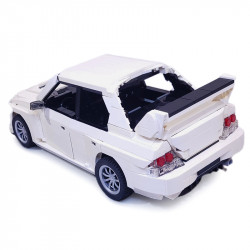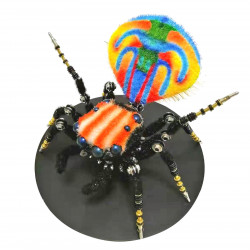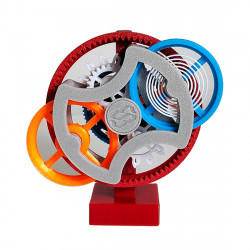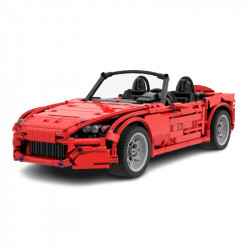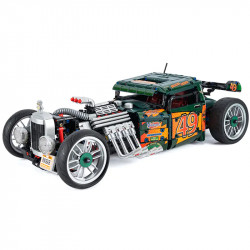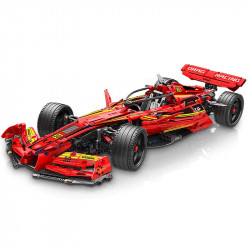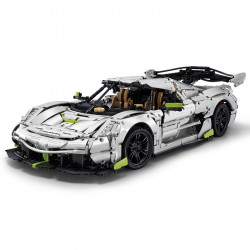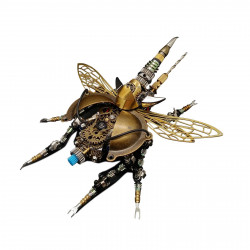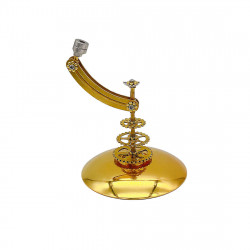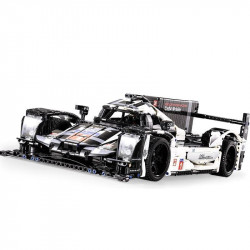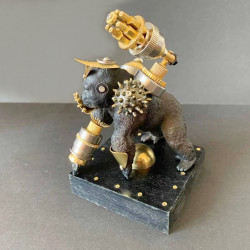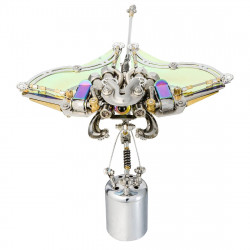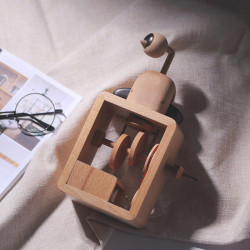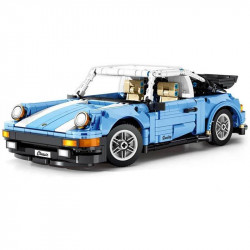Build: Droid Depot R2-D2

Build: Droid Depot R2-D2
The unique Droid Depot models, which are only offered at Disney Parks' Galaxy's Edge stores, may seem like a transparent cash grab to some. And they most likely are, if I'm being honest. I still adore them, though. And because my longtime best friend and college roommate purchased a few Droid Depot models for me, I was able to enjoy assembling R2-D2. Many thanks, dude!
This Artoo build differs from all of the earlier Artoo models, as you can see. Naturally, the primary distinction is that he is standing erect, and his middle leg is stowed. The paint job on this model is the other distinction. Although it isn't the first to have color, it is the first to appear like a brand-new, brand-new Artoo device. And he looks good, I must say! It's really fantastic, both with the spotless paintwork and the different pose.
It didn't seem like a very challenging construction since I was building this model immediately after finishing the Log Truck and Trailer. However, I've created Artoo (fourth variant) five times, so I have some experience with him and know what to anticipate. In fact, two of my previous issues were resolved by the center leg being stowed.
First of all, I'm not tempted to change the outer legs' ankle joint components or question the directions. I have indeed done it. Several times. This leads to an Artoo-stepping-up-onto-something model when you twist the tabs that hold it all together, making it irreversible.
Aligning all three legs with the base is the second challenge I've faced with the three-legged Arto, and I'm sure I'm not alone. Because of the way Artoo is built, all the minor flaws in joints, alignments, and other areas are multiplied. This indicates that none of the legs appear to be at the "proper" distance from the other two legs when it comes time to join him to the base plate. This implies that you have to employ gentle force to persuade them to comply. Although it's not eliminated in this build, it's much diminished because you only have one pair of legs to persuade. This is far simpler than three legs.
Returning to this build, in particular, I formed Artoo's dome here to the best of my ability to date. Artoo's dome has been the harshest of all the domes in the models I've built (I'm not including BB-8 because he's a sphere, which is an entirely different matter). I began by using a C-size battery to round each petal (in opposing pairs) to make things a little simpler. I slightly bent it back after finishing each pair so that it wouldn't get in the way of constructing the next one. I next prepared all the tabs and slots around the perimeter, angling the slots in at around 30 degrees using my hobby knife's blunted edge and folding the tabs in at 90 degrees. This dramatically simplifies the process of seating these tabs, which is what I did next. Then, when I sat the tabs, I made every effort to separate the petals where they had overlapped. Then, using an AA-sized battery, a slight lateral curve was added to the bottom of each petal to make the dome's bottom form a circle instead of an octagon. After that, I went back to fixing the overlaps, and I made a few attempts to shape using a big stone. In any case, I've discovered that method to be the most effective for forming the dome.
After that, you run into the second problem that Artoo typically presents: body contouring. Once more, I curved each half of the main body using a C-size battery, being really careful not to let the bends focus on the cutout portions. Most of the "curving" will end up there or along the vertical etch lines without cutouts if you're not attentive. When it comes to the cutouts, observe that everything you place behind them is folded backward; the paint or etching ends up inside the folded box. Following the standard practice of putting that stuff on the outside of folded boxes is a simple mistake. Remember to fold out the tiny flaps as well! Every time I construct Artoo, I nearly forget.
The most challenging part of this model may be building the legs out. Naturally, being me, I chose to deviate slightly from the directions and replace the legs' components. Even though it might appear as a silver strip or outline from one angle, I took this action because I wanted the white paint to face out. However, because the tabs connecting the legs to the body are asymmetrical, I was unable to simply flip the sections around. So I switched them. There are a few particular areas to focus on when constructing the legs.
The first is the small, vertical blue raised-strip object on the upper part. According to the directions, attach the small spur after making the main strip. Even though I knew I had previously struggled with this, I attempted it again. And because of the thick paint, I still had trouble with it—possibly more so with this model. The spur's tabs are difficult to seat because the strip of metal you're trying to sit it in isn't supported at all.
Additionally, there isn't enough space for you to twist the tabs. In order to attach it, I had to carefully and gently unfold the sides—I didn't want to break them off. I pre-creased the strip's tiny folds on the second leg, fastened the spur, and finished making the remaining portion by folding the sides down and rearranging the strip's tiny folds. It was much more straightforward. Another thing to keep an eye out for with this part is to make sure that, after finishing the build, the middle strip is not pressed in. This can quickly happen by accident when handling the model in later assembly processes.
The small "slot" that the ankle portions slip into—which is meant to serve as pivot points for the real droid—is the next thing to look out for when assembling the feet. Once more, I would propose disregarding the sequence that the instructions indicate. Once the foot's front and rear flaps have been folded down, it can be challenging to fold or reshape the slot due to its construction. Therefore, I usually start by getting a basic shape for the slot folds, then fold down the flaps and correct the slot as much as feasible. And I stress that as much as I can there. The tolerances are too tight because it's practically impossible to do it right. You may force it to play nice-ish by attaching the remainder of the foot.
This brings us to the last challenge of the leg: the little compartment-thingy on the inside of the leg/feet. This segment's design is both fantastic and a pain in the ass. It forms relatively simply, with just some half-cylinders at the end of each of the two pieces, easily formed with a drill bit or other cylindrical object (if you are building Artoo, you've probably become comfortable with cylinders by now, right?). Attaching the compartment's outer component to the foot-attaching piece is the problematic part. The instructions suggest that you fold the two flaps in before attaching this, which is in part to help you check/adjust the rounded ends, but I recommend that you only fold one flap over. This allows you to sit and secure the top two tabs while still having access to the interior of this compartment. After that, you can fasten the bottom two tabs and fold in the second flap.
After finishing both legs, you can quickly yet satisfactorily assemble the sub-builds and fasten them to the base. Naturally, instead of twisting, I decided to fold down the tabs holding the dome on for the sake of appearance. However, this part should be relatively straightforward. However, as I mentioned before, I had to do a little persuasion to get both feet fastened to the base.
